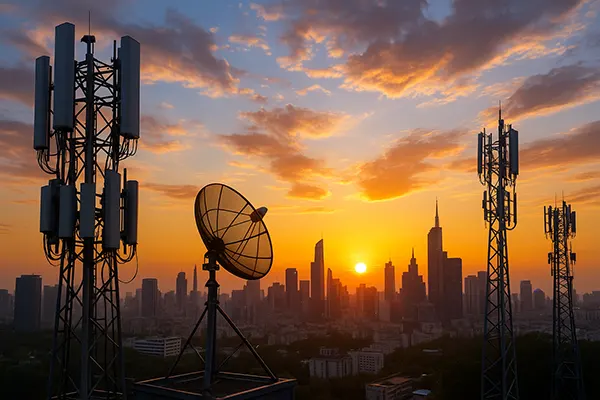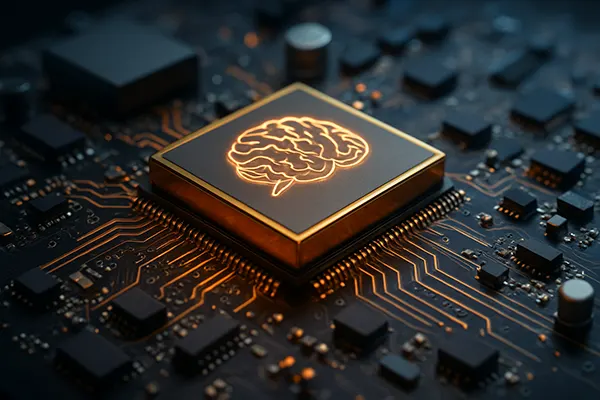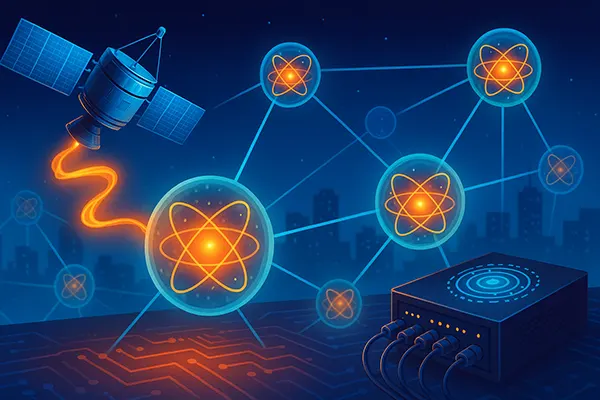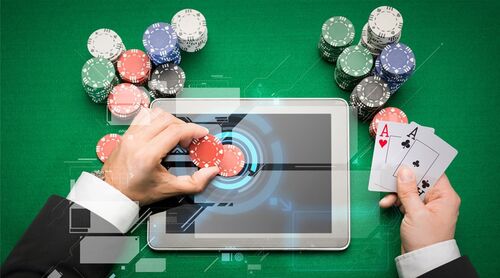
Digital Technologies in Poker: The Evolution of a Classic Game
Poker, a game with a deep history, has transformed over the past few decades and has even become part of the sport. The merging of technology and poker is not just an experiment in the evolution of the game, but also a testament to how traditional games can take on a new life in the modern age, assessed in an article by https://oddsbonusnorge.com/history-of-sports-poker/. From the simple digitisation of poker rooms to the breathtaking realities of virtual reality, we take you on a journey to understand how technology has changed the poker table.
What technologies are used in online poker today
Online poker has embraced a plethora of technological tools to provide a seamless and interactive experience for its users. A few noteworthy technologies include:
- Random Number Generators (RNGs): They ensure that the card dealing is random and fair. This digital assurance maintains the integrity of the game in an environment where the dealer isn’t physically present.
- Multi-tabling tools: These tools allow players to play at multiple tables simultaneously, capitalizing on their skills and maximizing potential winnings.
- Mobile Platforms: With the surge of smartphones, poker applications have been optimized for smaller screens, ensuring that players can partake in their favorite pastime from anywhere.
- HUDs (Heads Up Displays): These software applications offer statistical insights into one’s play as well as that of their opponents, providing analytical feedback and assisting with strategy formulation.
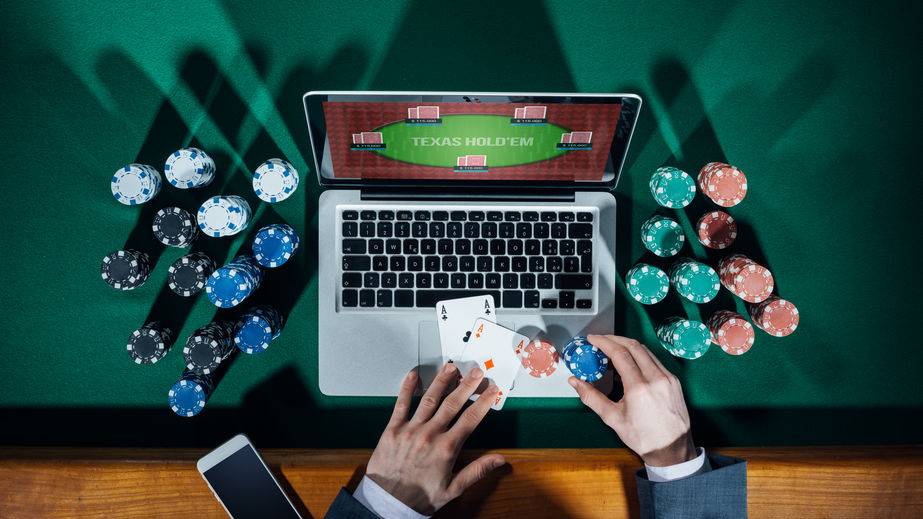
What has changed with the introduction of virtual reality poker?
Virtual reality (VR) has turned the tides for many industries, and poker is no exception. VR poker isn’t just about playing cards; it’s about replicating the real-world casino atmosphere in a virtual environment.
- Enhanced Engagement: Players are no longer passive participants. With VR, they can experience the thrills of a poker room, complete with virtual drinks, detailed avatars, and realistic table setups.
- Sociability: VR poker rooms have added another layer of social interaction. Players can interpret body language, exchange glances, or even detect those subtle ‘tells’ – just like in a real poker game.
- Training: New players can use VR to simulate real-world playing scenarios, helping them acclimatize to the nuances of the game without the intimidation of a real-world setting.
How did poker players react to the opportunity to play in virtual reality?
The poker community’s reaction to VR was a mix of intrigue, excitement, and skepticism. Seasoned players, accustomed to traditional or online formats, initially approached the VR realm with caution, questioning its practicality. However, as the technology matured, many embraced VR poker for its immersive experience and its ability to bridge the gap between digital and physical play.
New players, particularly the younger generation, were naturally more receptive, seeing VR poker as a thrilling evolution of the game. The virtual environment provided them with an ideal training ground, coupled with the added benefits of social interaction.
In essence, while purists might still prefer the tactile feel of cards and chips, there’s no denying that digital technology, especially virtual reality, has carved a niche for itself in the world of poker, enhancing the experience for new players and veterans alike.


